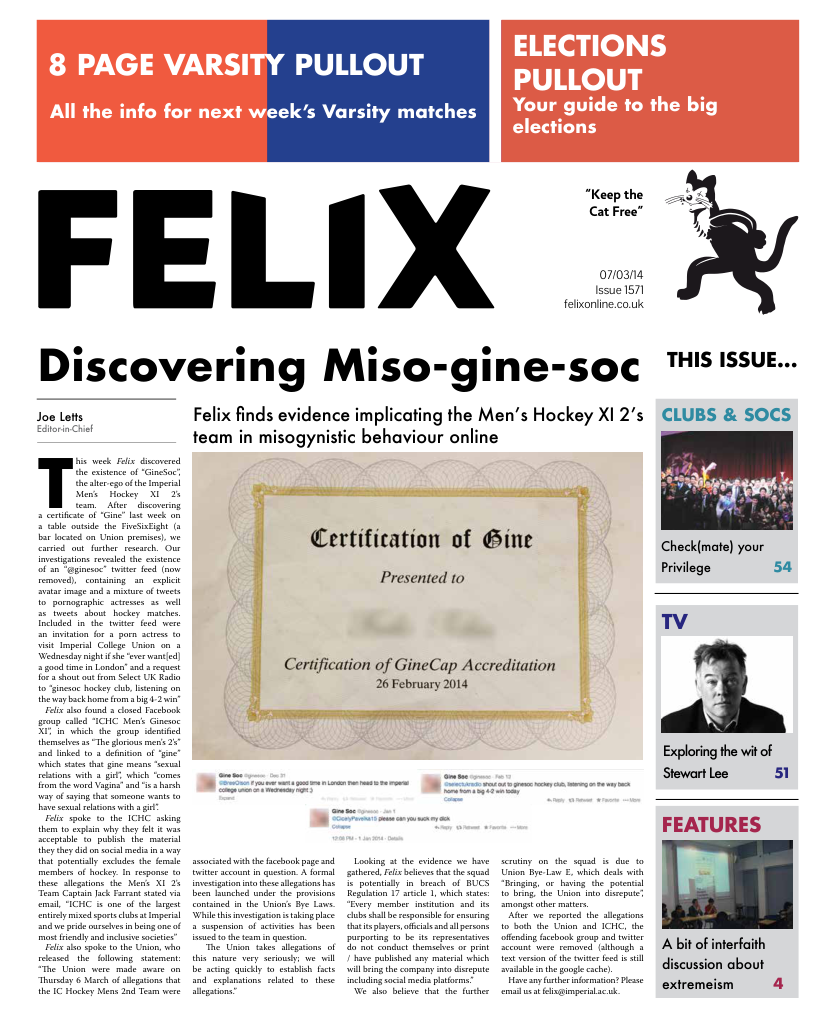Tiny Tate display still packs a punch
The Tate Modern opens its Harry Callahan display with a quote from the photographer: “if a man wishes to express himself photographically, he must understand… his relationship to life”.
- What: Harry Callahan Display
- Where: Tate Modern, SE1
- When: Until 31st May
- Price: FREE
The Tate Modern opens its Harry Callahan display with a quote from the photographer: “if a man wishes to express himself photographically, he must understand… his relationship to life”. Indeed, one of the most moving aspects of this display is Callahan’s reverence for the beauty present in everyday life. A Chicago Street, a carpet of autumn leaves; the photographer’s subjects are unremarkable, yet his images are endowed with a humble beauty. Considered to be one of the pioneers of 20th century American photography and the New Vision Movement, Callahan was self-taught. He began taking pictures with Chrysler Motor’s Photo Club during his time as a clerk with the company in Detroit, and was inspired by the work of landscape photographer Ansel Adams to pursue photography seriously from age 26, in 1941. Rejecting the prevailing trend for documentation of current events, Callahan preferred to draw upon his everyday surroundings in Detroit and Chicago for subject matter. His modern style earned him a teaching position at Chicago’s Institute of Design and later the Rhode Island School of Design, culminating in a retrospective at the Museum of Modern Art (MoMA) in 1976. However, whilst critically acclaimed in the States, Callahan’s name is little-known outside of art circles in the UK. Tate Modern’s exhibit aims to bring his work this side of the pond. The display spans Callahan’s work from post-war black and white shots of Chicago to his colour images of the seventies. Callahan’s early urban images are testimony to his photographic craftsmanship, and ability to capture the mood of 1950s Chicago. His crisp silver gelatin prints lend themselves well to the clean lines of the buildings in his photographs, and complement his interest in form. These urban images have a sombre beauty. Shadow dominates his photographs (the dense darkness of Wabash Street, 1958 is almost tangible) and many cityscapes are deserted. Where pedestrians are present, they seem unaware of the camera and Callahan is careful to preserve their anonymity. Men gather on a street corner in the uniforms of 50s Chicago, grey suits, their faces obscured beneath hat brims. The same sobriety pervades Callahan’s natural landscapes – in Detroit, 1941 a telegraph pole stands solitary in a field. Callahan’s eye for minutiae is evident in some of his close-range shots of buildings or landscapes, leading to a deconstruction of the subject’s form and lending his images a mischievous abstract quality. His close-ups of windswept Georgia Mountain grasses could be mistaken for a dog’s coat, his cropped snapshots of New York skyscrapers equally cryptic. Callahan’s use of multiple film exposure, allowing for superposition of images, creates some pictures that verge on the surreal; a nude female floats eerily on the side of a skyscraper in Providence-Nude on Building, 1970. The display divides Callahan’s work according to three main themes: nature, buildings and people. However, it is arguable that the only person really present in the images here is Callahan’s wife Eleanor, who compliantly posed for him “rain or shine, whatever (she) was doing” throughout the 63 years of their marriage. Eleanor’s presence can be heavily felt in different aspects of his work. She appears nude in an apartment, then fully clothed against bleak winter landscapes, at distant or close range. In Eleanor, 1949 she emerges nymph-like from a lake, a nipple peeking from the glassy water. We are presented with close-up shots of portions of Eleanor’s body, and using multiple exposure, Eleanor’s naked torso shimmers in front of the landscape in Aix-en-Provence, 1958. It has been suggested that Tate overstates the importance of Harry Callahan as “one of the most influential figures in post-war photography”, and this small display only provides a taster of his work (around 90 photographs). Nonetheless, this retrospective – intimate, succinct and neatly curated – is a photographic masterclass that is in danger of being overlooked. So when you head to the Tate Modern to see the heavily publicised Paul Klee or Richard Hamilton exhibitions, make sure that you drop by.





